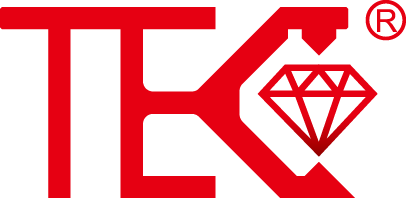MagnetostrictiveTechnologyforInterfaceLevelMeasurement
Understanding Magnetostrictive Level Measurement Technology
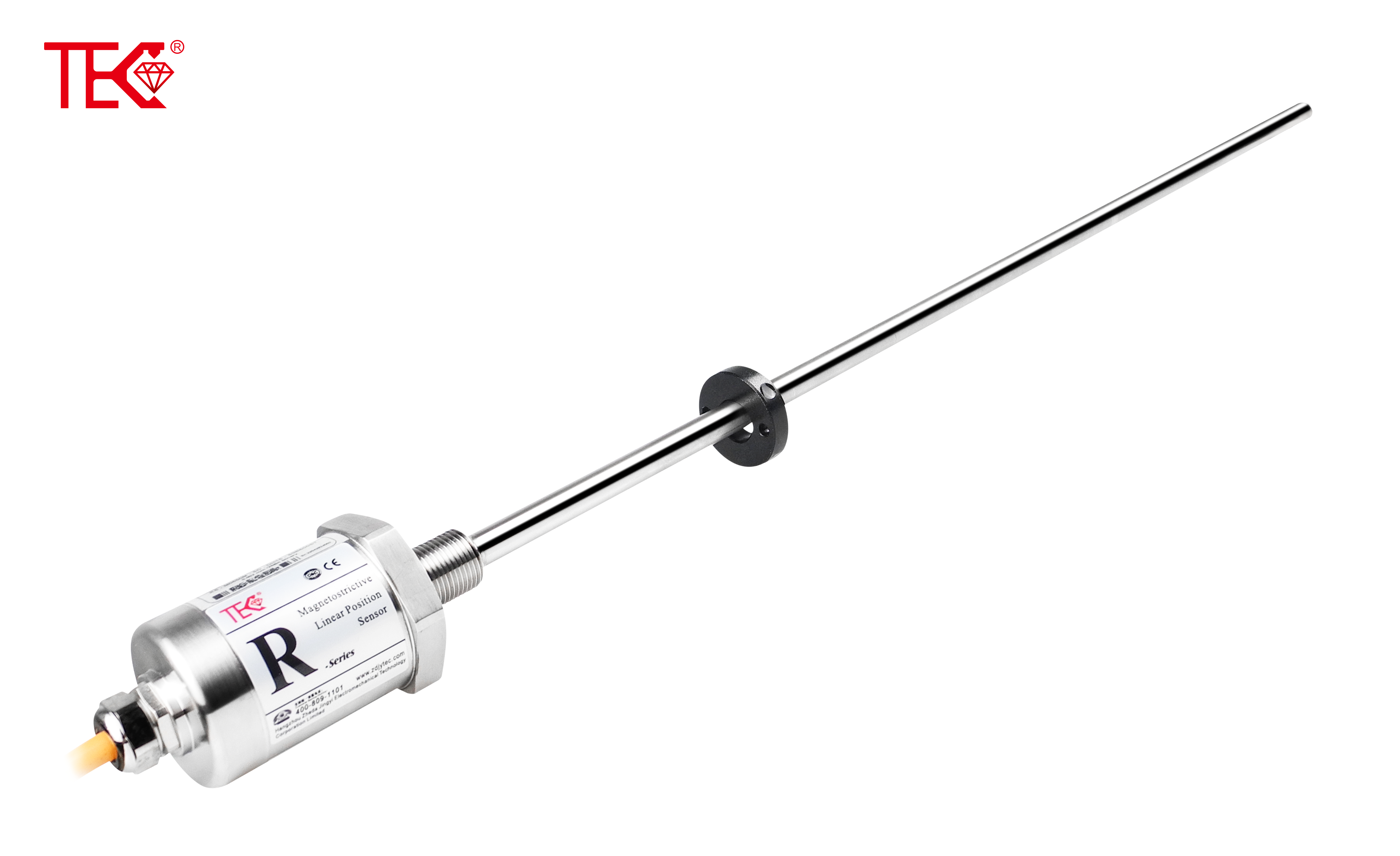
Magnetostrictive level measurement represents a significant advancement in industrial instrumentation, offering unparalleled precision for interface level detection. This sophisticated technology utilizes the magnetostrictive effect principle, where a ferromagnetic material changes shape when exposed to a magnetic field. The system comprises a sensing element, typically a waveguide wire, and a float containing permanent magnets. When electrical pulses are sent through the waveguide, they interact with the magnetic field from the float, generating torsional stress waves that precisely determine the float position. This physical phenomenon enables the technology to deliver exceptional measurement accuracy, typically within ±1mm, making it ideal for applications requiring precise interface level monitoring between immiscible liquids.
Working Principle of Magnetostrictive Interface Transmitters
The operational mechanism of magnetostrictive interface level transmitters involves a sophisticated interplay between magnetic fields and mechanical waves. A current pulse travels along the magnetostrictive wire, creating a circumferential magnetic field around it. The float-mounted permanent magnets produce a longitudinal magnetic field that interacts with the current-induced field. This interaction generates a mechanical twist in the wire through the Villari effect, which travels at sonic speed along the waveguide. The time difference between the transmitted pulse and the returning torsional wave is measured with extreme precision, allowing the system to calculate the exact float position. This non-contact measurement method ensures minimal wear and maintains long-term calibration stability, providing reliable interface detection between different density liquids.
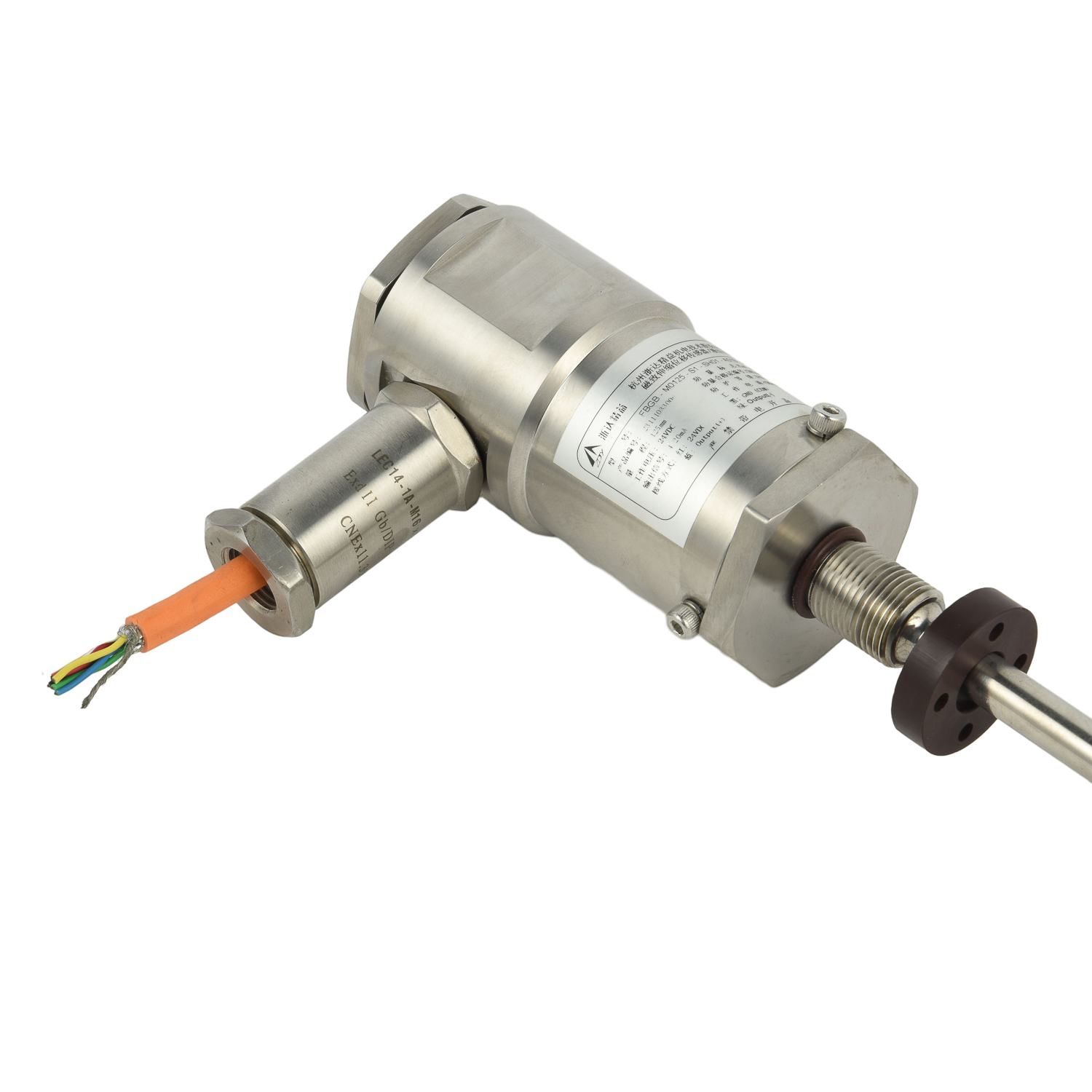
Key Applications in Industrial Interface Level Measurement
Magnetostrictive technology finds extensive application across various industries where precise interface level measurement is critical. In oil and gas production facilities, it accurately detects the oil-water interface in separator vessels, optimizing separation efficiency. The chemical processing industry relies on these transmitters for monitoring liquid-liquid interfaces in reactors and storage tanks. Petroleum refineries utilize magnetostrictive sensors for controlling interface levels in crude oil distillation units and desalters. Water treatment plants employ this technology for sludge blanket detection in clarifiers, while food processing facilities use it for monitoring product separation in mixing tanks. The technology's versatility extends to pharmaceutical manufacturing, where it ensures precise separation of different liquid phases during production processes.
Advantages Over Traditional Measurement Methods
Magnetostrictive interface level measurement offers numerous advantages that surpass conventional measurement techniques. The technology provides exceptional measurement resolution and repeatability, outperforming traditional float-type and displacer instruments. Its non-contact sensing mechanism eliminates mechanical linkage problems and reduces maintenance requirements significantly. Unlike capacitance-based systems, magnetostrictive transmitters are unaffected by changes in dielectric constants, making them ideal for applications where liquid properties vary. The technology demonstrates remarkable stability over time, maintaining calibration without drift issues common in differential pressure systems. Additionally, these transmitters offer robust performance in high-pressure and high-temperature environments, with capabilities to withstand process conditions up to 3000 psi and 400°F, ensuring reliable operation in demanding industrial settings.
Installation and Maintenance Best Practices
Proper installation and maintenance are crucial for optimizing magnetostrictive interface level transmitter performance. Installation requires careful consideration of mounting orientation, with vertical mounting preferred for most applications. The sensing element must be positioned to ensure the float moves freely without obstruction, particularly important in interface level applications where two floats of different densities are often used. Regular calibration verification using manufacturer-recommended procedures helps maintain measurement accuracy. Maintenance protocols should include periodic inspection of float integrity and verification of electronic components. The robust construction of magnetostrictive transmitters typically requires minimal maintenance, but environmental factors such as process fluid compatibility and temperature extremes should be considered during both installation and ongoing operation to ensure long-term reliability.
Future Trends in Magnetostrictive Level Measurement
The evolution of magnetostrictive technology continues to advance with emerging trends focusing on enhanced functionality and integration capabilities. Modern transmitters now incorporate advanced diagnostics and communication protocols, including HART, Foundation Fieldbus, and Profibus PA compatibility. Wireless connectivity options are becoming standard, enabling remote monitoring and configuration. Future developments point toward miniaturization of components while maintaining high accuracy standards. Smart sensor technology integration allows for predictive maintenance capabilities and self-diagnostic features. The industry is also witnessing improved materials science applications, leading to more robust floats and waveguides capable of withstanding corrosive environments. These advancements position magnetostrictive technology as a leading solution for increasingly sophisticated interface level measurement requirements across industrial sectors.
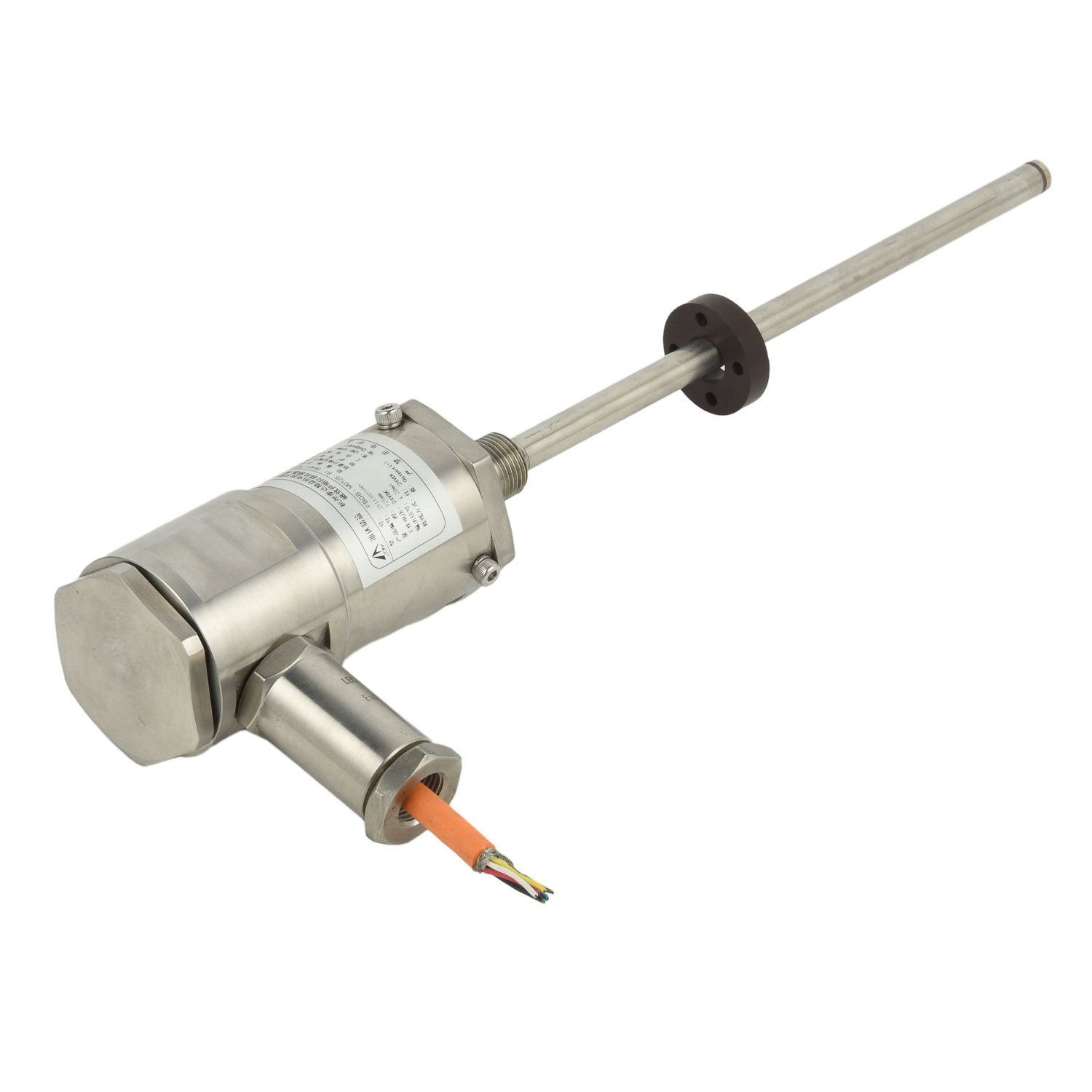 UpgradingYourLevelMeasurementS
UpgradingYourLevelMeasurementS
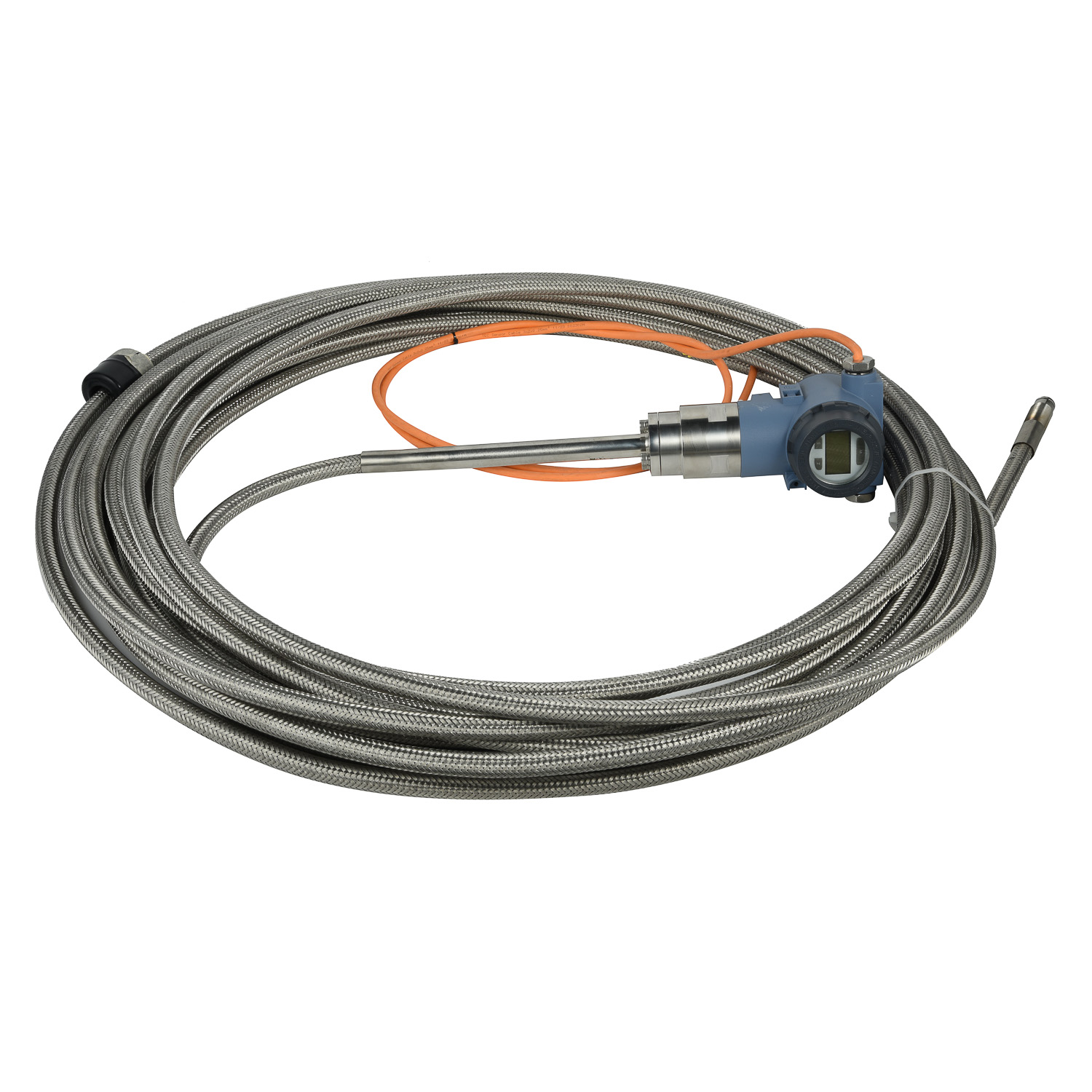 Why are magnetostrictive level
Why are magnetostrictive level
 ComparingMagnetostrictiveandRa
ComparingMagnetostrictiveandRa
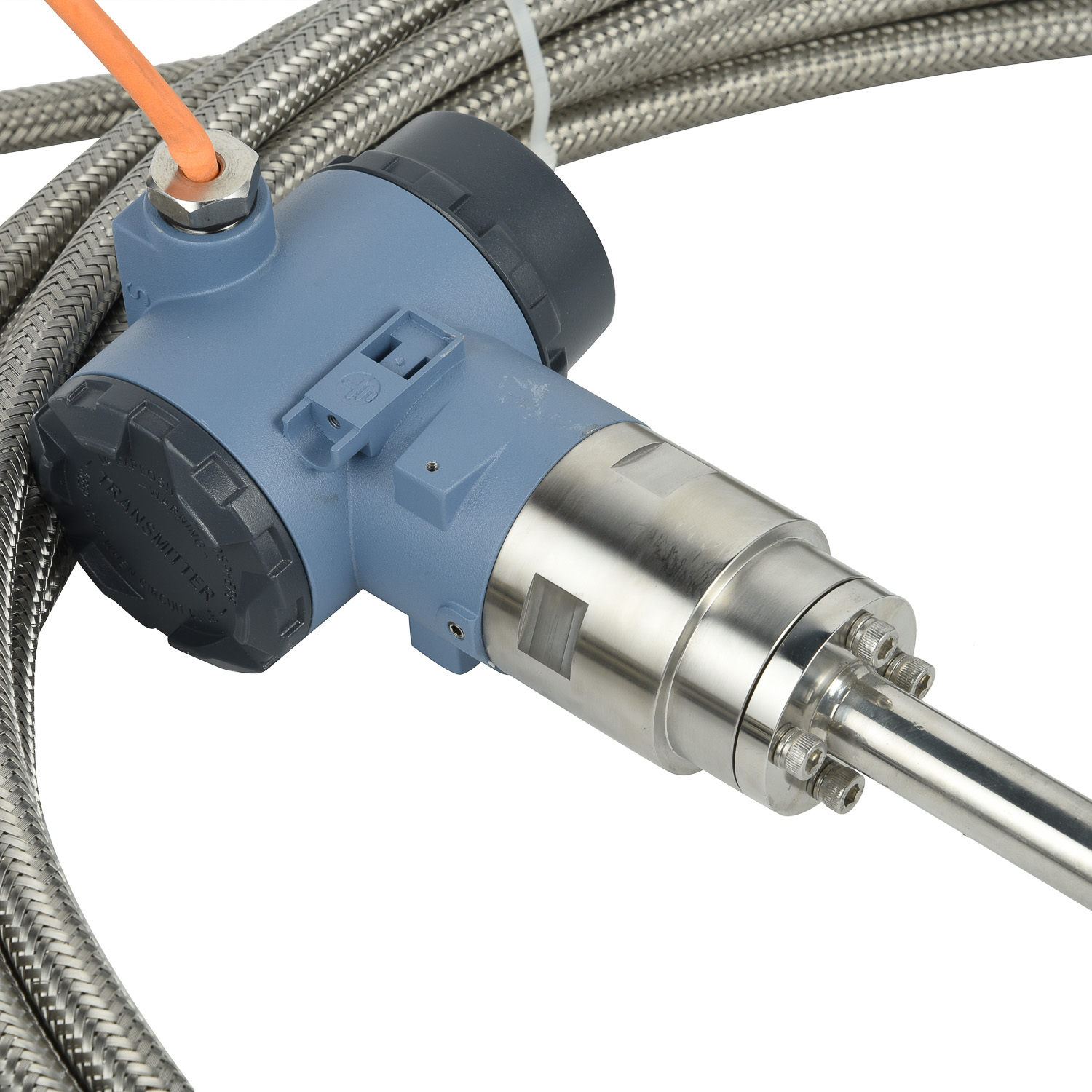 MagnetostrictiveLevelSensorfor
MagnetostrictiveLevelSensorfor
